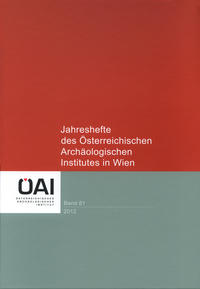It has been long maintained that the system of barrier walls and fortlets in the Julian Alps dates to the
early 4th century and that it was a fortification line used to defend Italy during times of cival war. Reviewing both the historical, archaeological and topograhic evidence, it is here argued that its military importance has been much exaggerated; one role may well have been to regulate traffic and perhaps to exact
taxes from the civilians using the imperial road system, or crossing from Illyricum into Italy. Its date
cannot be yet established for certain but the most likely context is the very end of the 4th century A.D., not
long before it was abandoned at some point during the first decade of the 5th century. Contrary to received
wisdom, it was incapable of repulsing any major threat from the East, whether Goths or Romans. Regulation and taxation, however, do not require the erection of barrier walls. There must have been additional reasons for its construction even though the walls were unable to deal with anything more than a low intensity threat. What the perceived danger was, it is impossible to say, except that there were a series of problems facing the Western Empire ca. 390–400 which could warrant the system’s creation in the Julian Alps; an influx of refugees from Illyricum, Gothic war bands from Thrace, raiding parties from across the Danube and the endemic danger posed by local bandits. Any one of these, or more likely a combination of
several factors, precipitated the decision to regulate, but not seriously to defend the routes which led west
from Illyricum and into the Italian peninsular.




